Past meets present: inside 30 Avenue Montaigne, Dior’s new look Parisian flagship
The spiritual home of Dior, global flagship 30 Avenue Montaigne in Paris reopens its doors with a new look, a museum, a restaurant and an apartment for overnight stays
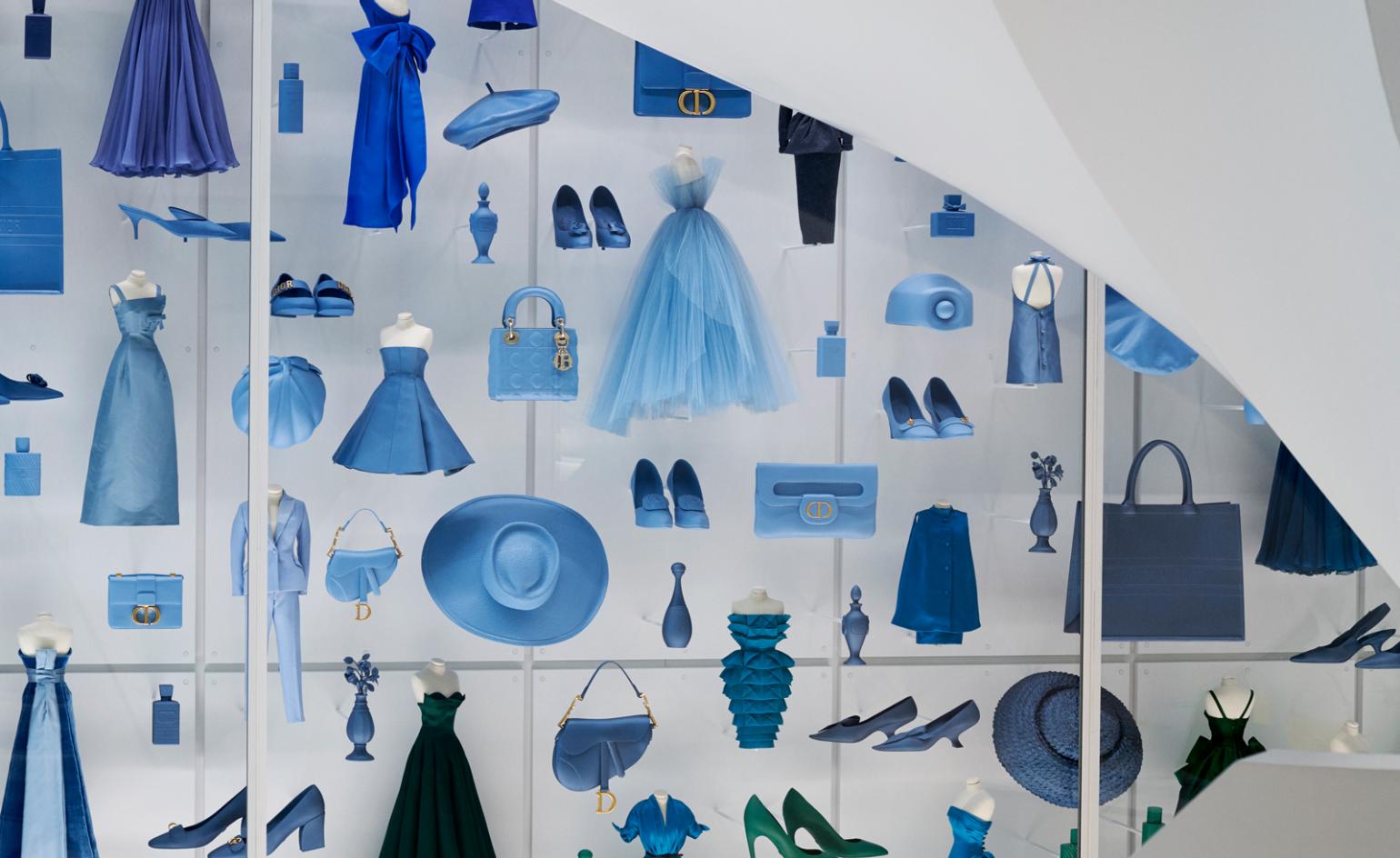
Bastien Gomez - Photography
In 1946, when Christian Dior saw the four-storey hôtel particulier at 30 Avenue Montaigne, built in the 1860s for a son of Napoleon, he knew he had to have it for his new fashion house. It was elegant, of manageable size, and located close to potential customers staying at the Hôtel Plaza Athénée.
In 2018, when Pietro Beccari, the newly-arrived CEO of Dior, was formulating a strategic plan for the company’s future, he looked back to this beginning. ‘I was thinking of ways to make Dior even more exceptional. I thought the answer was under my nose. It’s rare to have a building where the history of your own maison started, and where you still feel the owner, Monsieur Dior, in the walls.’
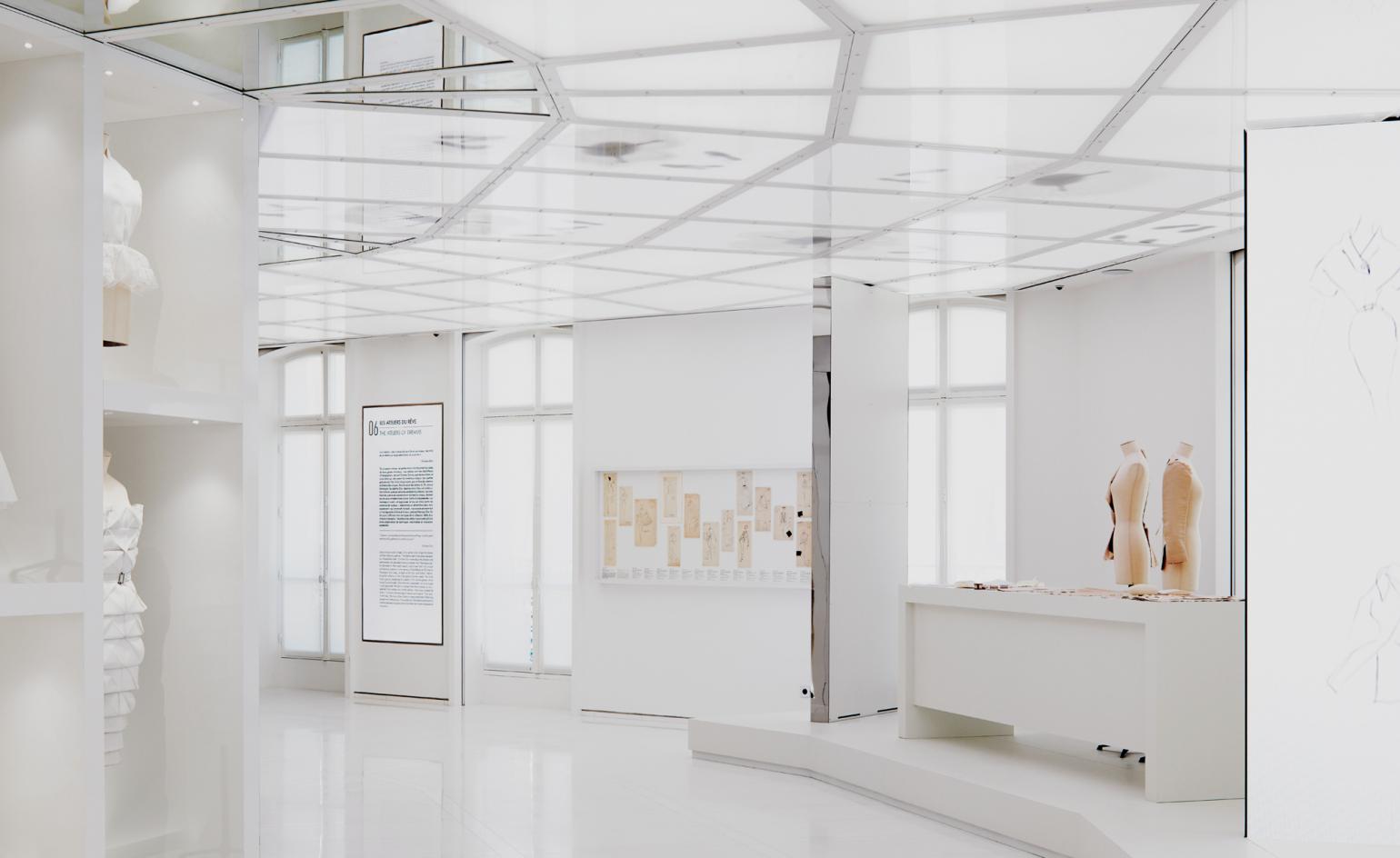
Dresses and sketches on display in the Ateliers du Rêve room at La Galerie Dior
Step into Dior 30 Avenue Montaigne, the French maison’s new look flagship
This was right after the ‘Christian Dior: Designer of Dreams’ exhibition at Paris’ Musée des Arts Décoratifs (MAD), which drew more than 700,000 visitors in six months. Beccari wanted not only to renovate the historic flagship store, but to install a permanent museum ‘where people can see the office of Monsieur Dior, the stairs the models walked down for the first time, the cabine [where the models changed].’ He envisioned 30 Montaigne (which had expanded over the years to eight adjoining buildings) as a new destination to shop, eat, experience the archives, or even (for a lucky few) spend the night. It would bring together the maison’s entire universe – past, present and future – in one astonishing location.
But first, he had to convince his boss, LVMH CEO Bernard Arnault. ‘I wrote to Mr Arnault telling him we had to close down the number one store in terms of volume of sales,’ he recalls. They would have to move the ateliers, the 600 people working in Dior’s offices, and the artistic director, Maria Grazia Chiuri. Beccari admits it was not an easy sell, but Arnault was willing to take the risk.
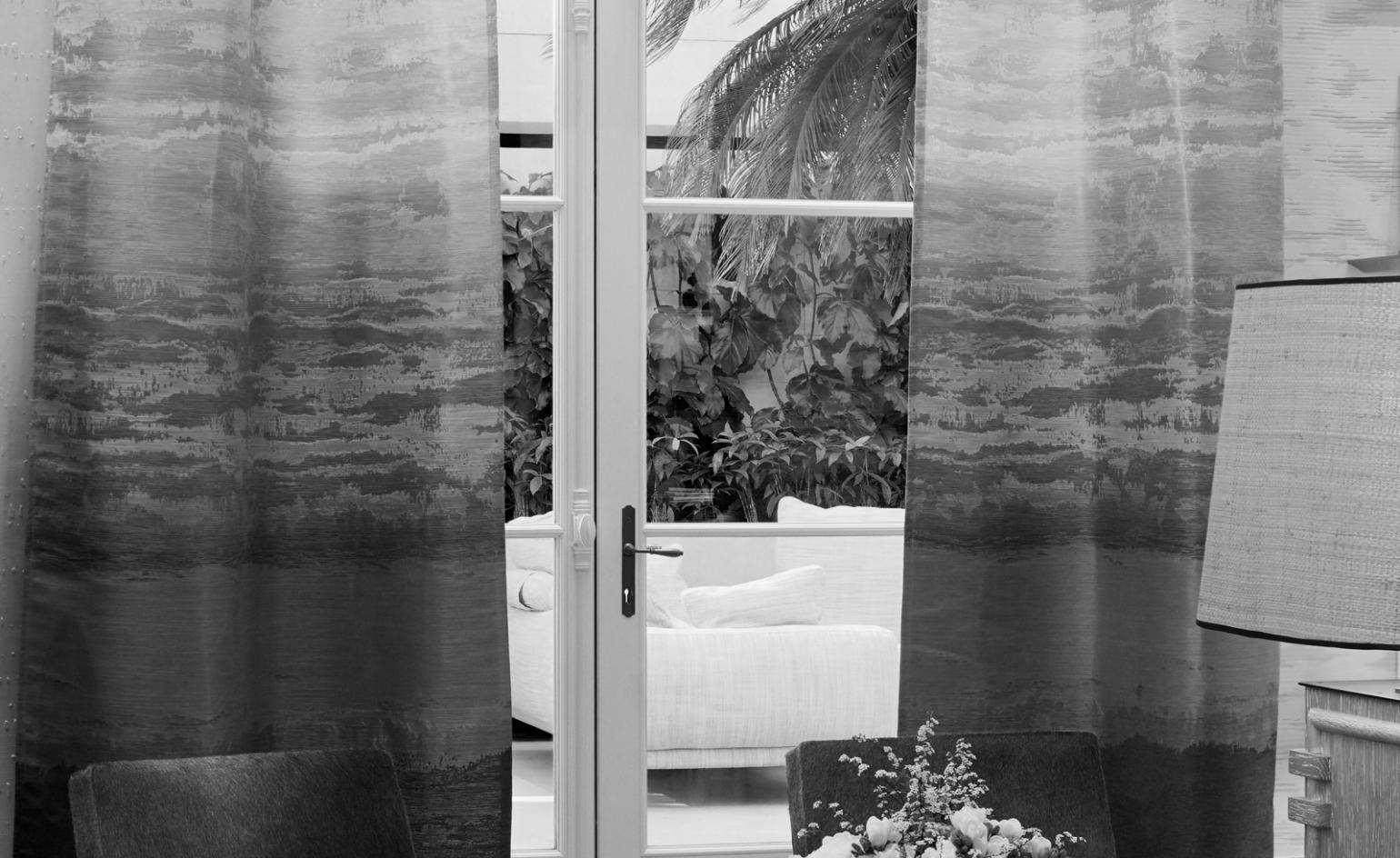
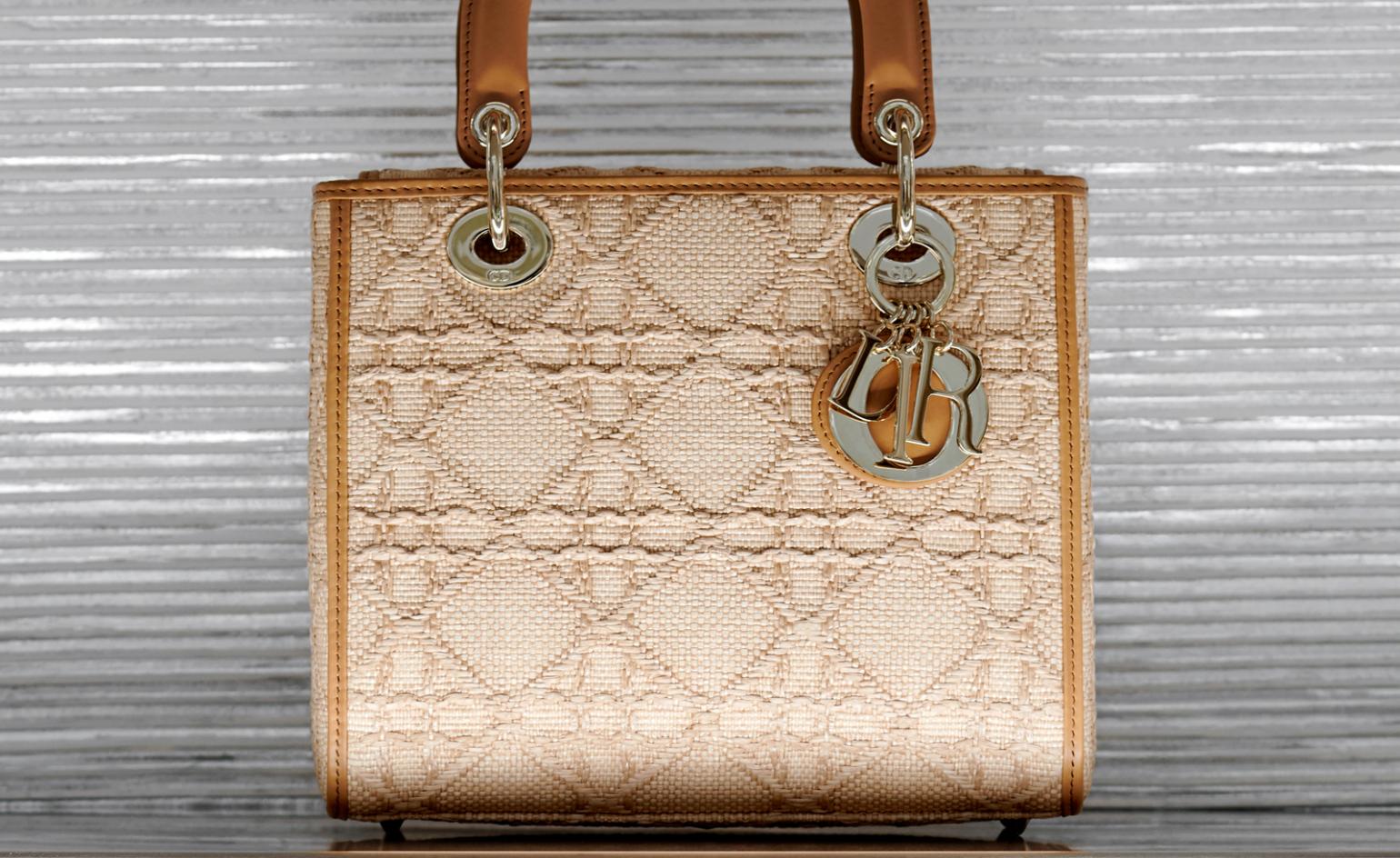
Top, a glimpse of a cosy seating area in the store’s winter garden, designed by Belgian landscape architect Peter Wirtz. Bottom, Lady Dior bag in natural raffia with cannage motif at the 30 Avenue Montaigne store.
The legendary location has now reopened to the public, 75 years after Monsieur Dior presented his first collection there. The store’s surface area has tripled to 2,172 sq m, with impressive volumes and a triple-height rotunda. All the collections are available, in addition to a pastry bar and a restaurant overseen by one of France’s most sought-after chefs, Jean Imbert. On the fourth floor, a luxury suite offers overnight guests the keys to 30 Montaigne – they can shop 24/7 or visit the museum at 3am in their pyjamas if they wish.
The store’s architect, longtime LVMH collaborator Peter Marino, says, ‘One of the most exciting aspects of the 30 Montaigne project is that it is a journey through the inner essence of the brand, expressed through the architecture, interior design and experience of each space. It’s not one idea throughout, but rather, a walk through spaces that tell a story, that keeps the customer engaged and emotionally connected with Dior from start to finish.’
Marino placed references to the house codes throughout. Abstract patterns on the rotunda walls are based on couture pattern-making. On the floors, 18th-century parquet de Versailles is a house favourite; in places, the pattern resembles Dior’s eight-pointed rose des vents, or wind rose. A variety of wall treatments includes one room covered in toile de Jouy. Woven cane on shelving references the cannage topstitching on Dior handbags. The restaurant chairs are upholstered in oversized houndstooth, the motif that graced the original packaging of Miss Dior perfume.
Courtesy of Dior
Gardens were dear to Monsieur Dior’s heart, and 30 Montaigne contains three, designed in collaboration with Belgian landscape architect Peter Wirtz. They include a winter garden with palm trees, a ‘secret’ garden with a ring of apple trees (visible from the museum and accessible from the couture salons), and an atrium with trees and plants inside the store.
Marino commissioned work by several artists, from lift doors by Nancy Lorenz to a chandelier by Fred Wilson. In the restaurant, a wall collage by Guy Limone uses archival Dior photos, and a mirror wall sculpture by Claudia Wieser hangs behind the bar. Marino says he particularly loves Paul Cocksedge’s white leaves that seem to float down from the atrium ceiling. On the ground floor, a hypnotic video installation by media artist Jennifer Steinkamp shows flowers in motion.
The adjacent museum, La Galerie Dior, is a totally separate entity from the store, designed by interior architect Nathalie Crinière, who also did the original MAD exhibition. Covering 1,577 sq m across four floors, it is the biggest space for a permanent fashion collection in Paris, showing numerous dresses and other items from the Dior archives, which will change every three months (textiles are fragile).
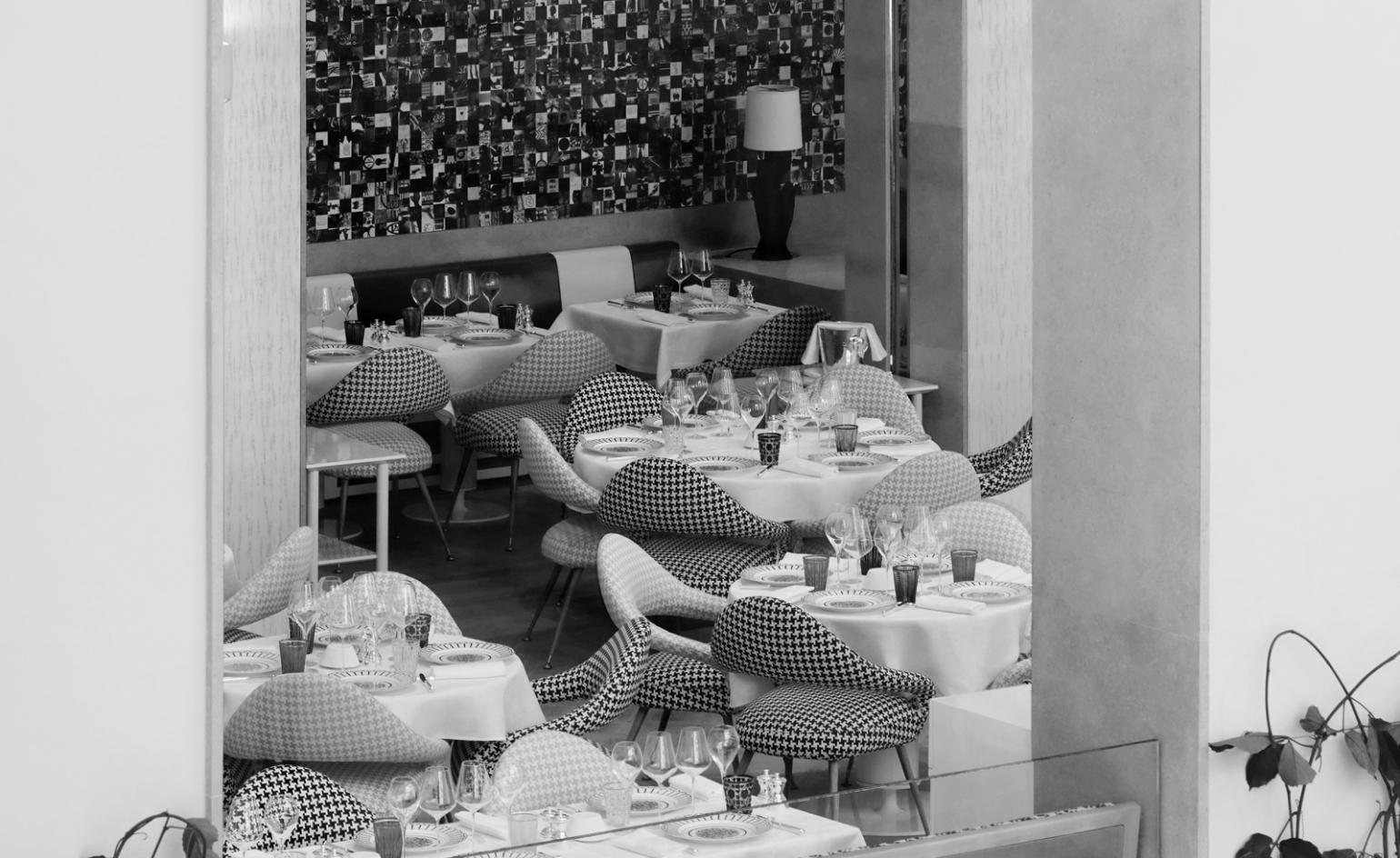
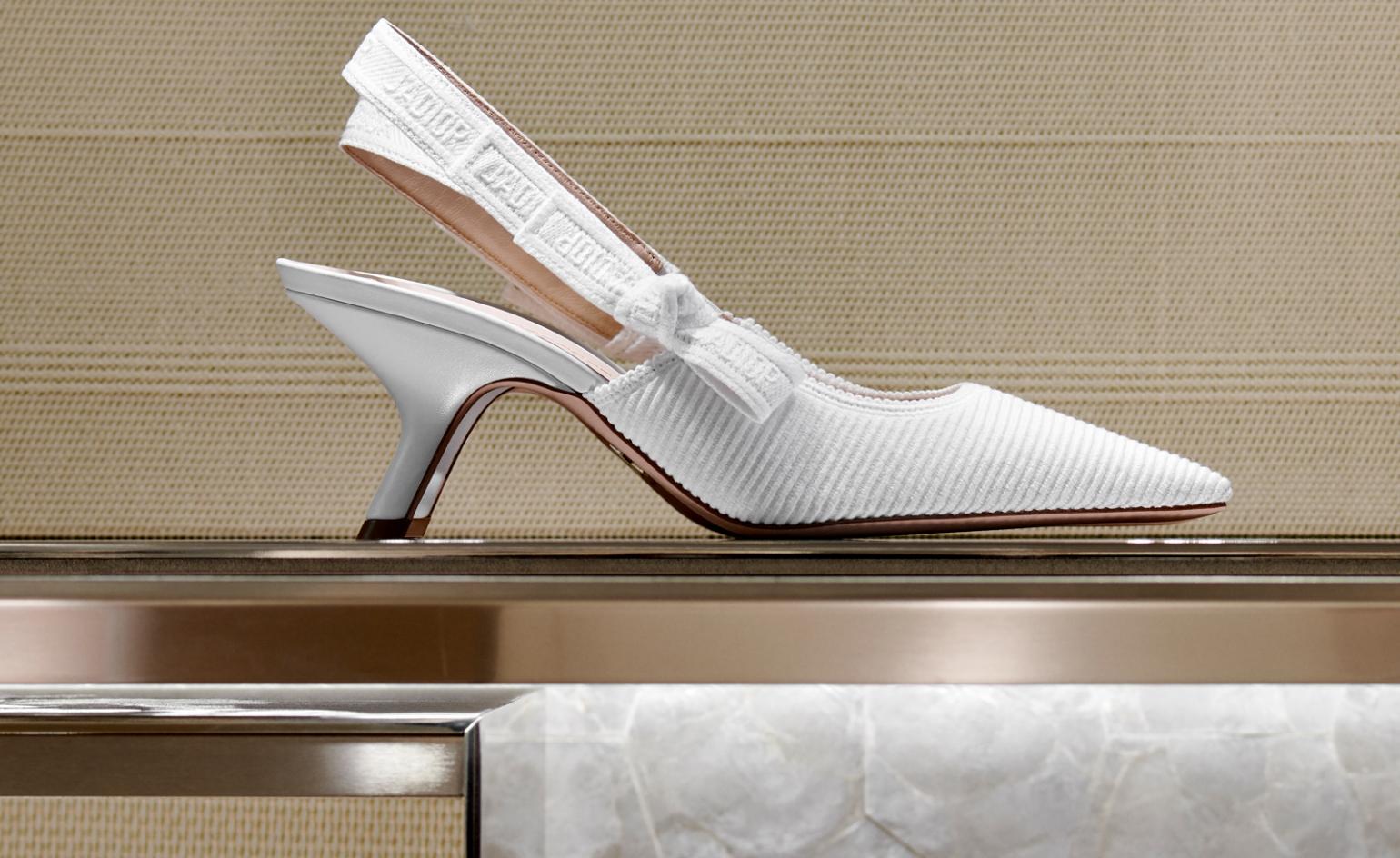
Top, the new in-store restaurant, Monsieur Dior, is helmed by chef Jean Imbert, who also runs the two restaurants at the Hôtel Plaza Athénée across the street. Bottom, a white J’Adior slingback pump at the 30 Avenue Montaigne store
The rooms are modular, but the general themes will stay the same: Monsieur Dior, the ateliers, Miss Dior (the designer’s favourite sister and the perfume), Dior overseas, ball dresses, artistic influences, Dior and Paris, and more. The use of video, lighting and sound effects help to bring the scenography alive.
Crinière says it was inspiring to create a museum at Dior’s first home, but the space posed practical challenges, too – the various buildings are at different levels, with lots of stairs and relatively low ceilings (all has been made wheelchair accessible). ‘The architecture needed to be tamed,’ Crinière says. ‘We couldn’t work against it, but had to figure out how to get the best from what existed.’ So, for example, the dresses are not placed on pedestals but sit at floor level, creating a sense of proximity with the public.
A contemporary twisting staircase connects the four storeys. Hanging in a glass case behind it is a diorama consisting of 3D-printed accessories and 1,872 mini-dresses sewn in the ateliers, replicas of originals made by Dior’s designers through the years. They are arranged by colour to amazing visual effect.
Receive our daily digest of inspiration, escapism and design stories from around the world direct to your inbox.
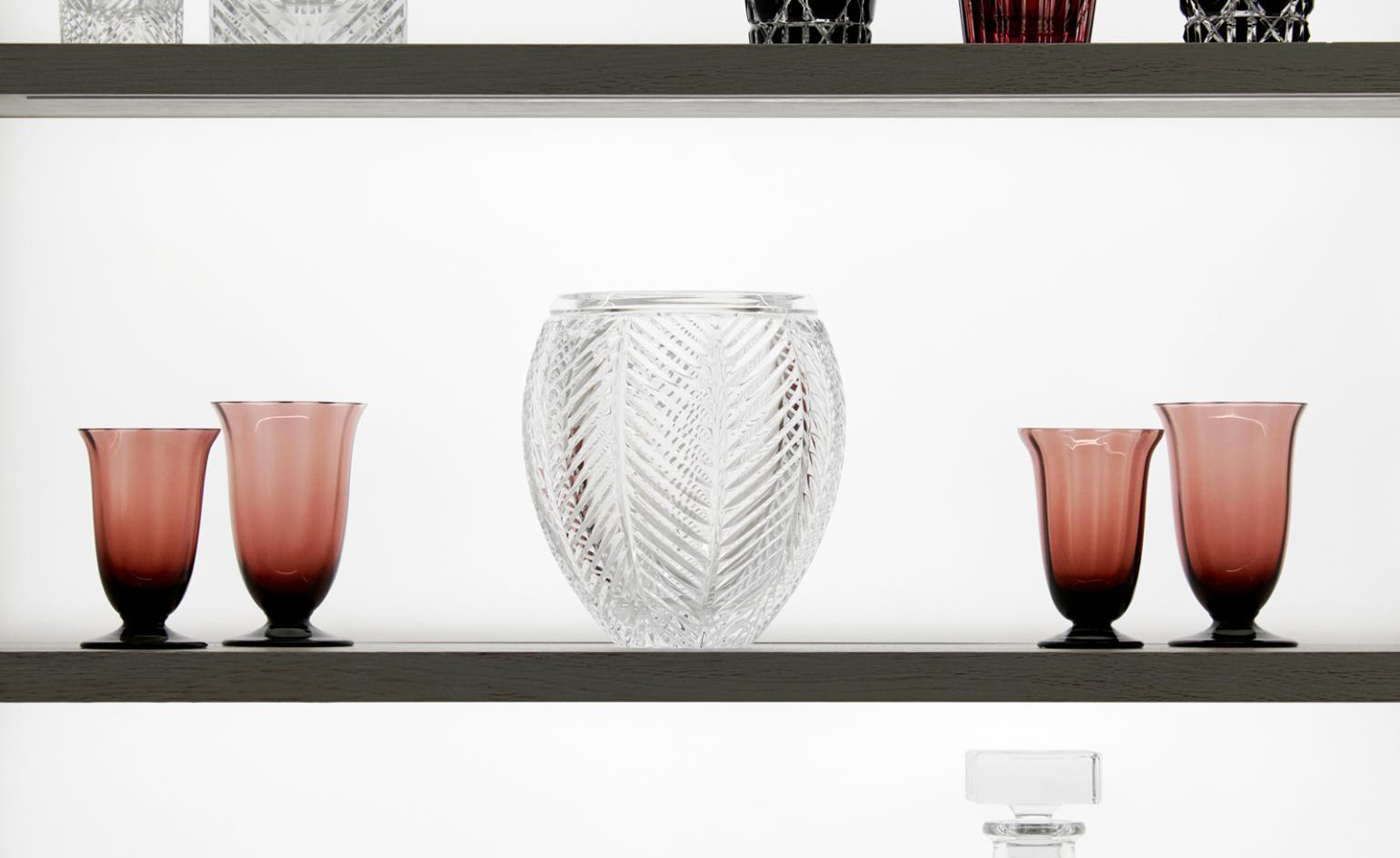
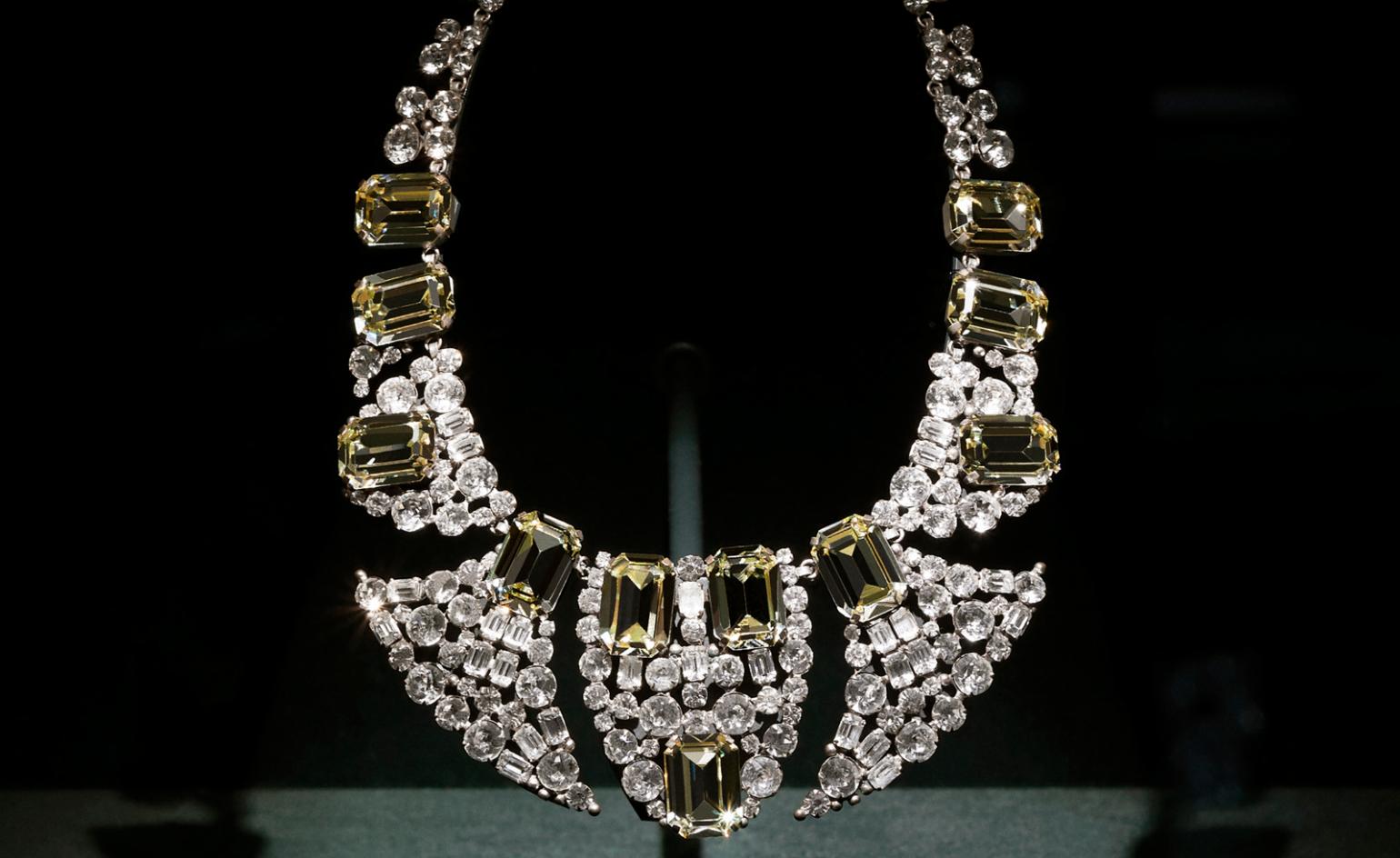
Top, glassware by Dior Maison at the 30 Avenue Montaigne store. Bottom, necklace with cabochons and rhinestones, designed by Roger Scémama in 1956 for Dior, on display in La Galerie Dior
The tour starts with the story of Monsieur Dior’s life, including his birth announcement, his radical Bar suit and his collaborations. (He died at 52, after only ten years working at the house he created.) A room called L’Allure Dior shows an iconic dress and video for each of the house’s seven artistic directors: Dior, a young Yves Saint Laurent, Marc Bohan, Gianfranco Ferré, John Galliano, Raf Simons and Chiuri.
Three rooms are in the historic part of the building, notably Monsieur Dior’s office, restored to look like it did when he was there. Next to it, a glass pane in the floor reveals the wood-panelled cabine where models used to change during fashion shows, the only room unaltered since the time of its creation. The Roman des Robes room displays dresses from 1947 to 1957 and sits directly above the grand salon where fashion shows used to take place. A video shows footage from the first show, with Rita Hayworth in attendance – she ordered about a dozen dresses and wore them when promoting the film Gilda. The Escalier des Stars room portrays stars in Dior and references the famous staircase used for early fashion shows. The actual staircase is accessible to VIP clients and visible on the museum tour, one more link between the past and present.
As Beccari notes, ‘When leading a luxury brand like Dior, you have to respect tradition, but not be a slave to it. Dior himself said tradition is there to be stretched, pulled and teased – to become, again and again, contemporary, fresh, stimulating and desirable.’
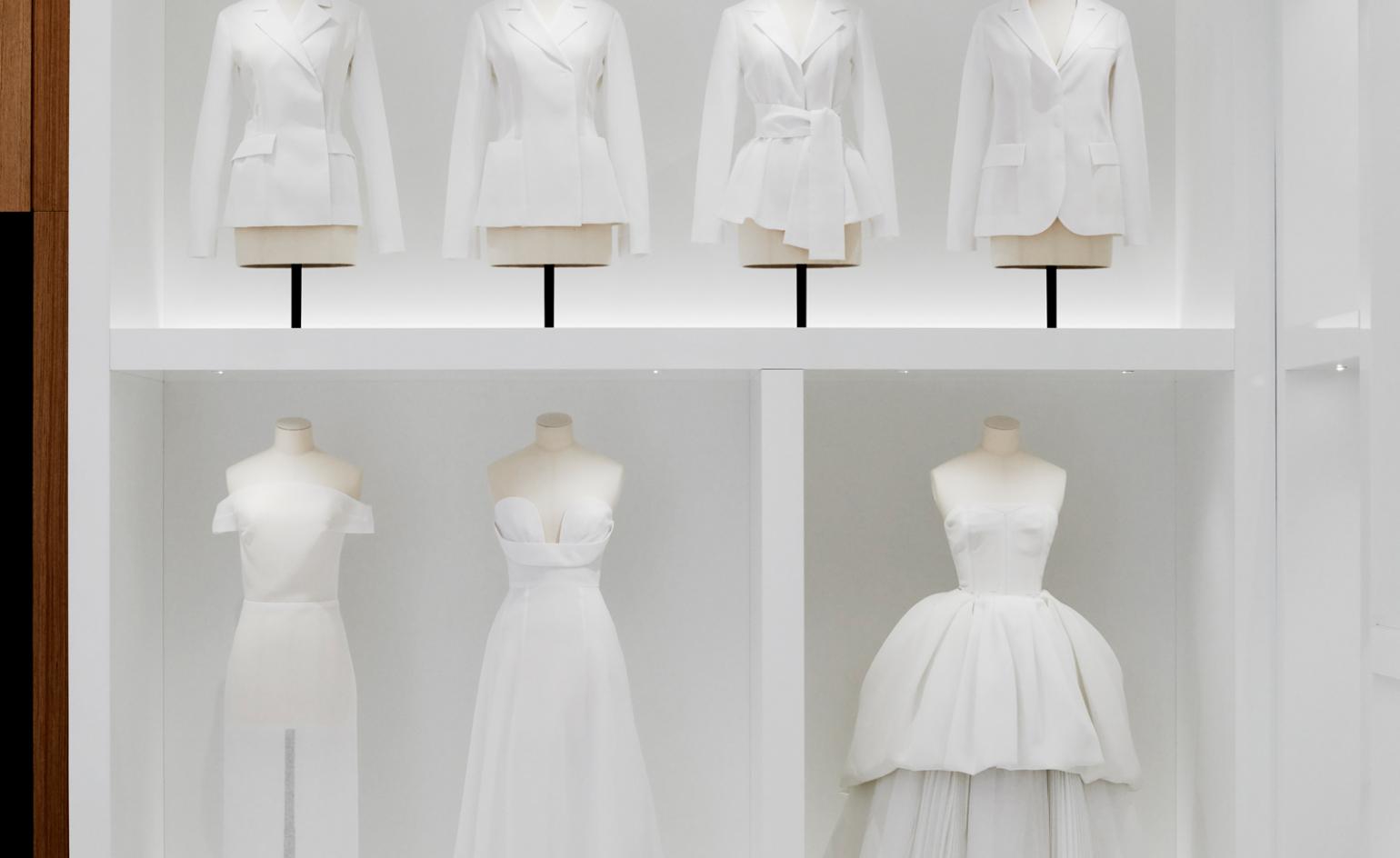
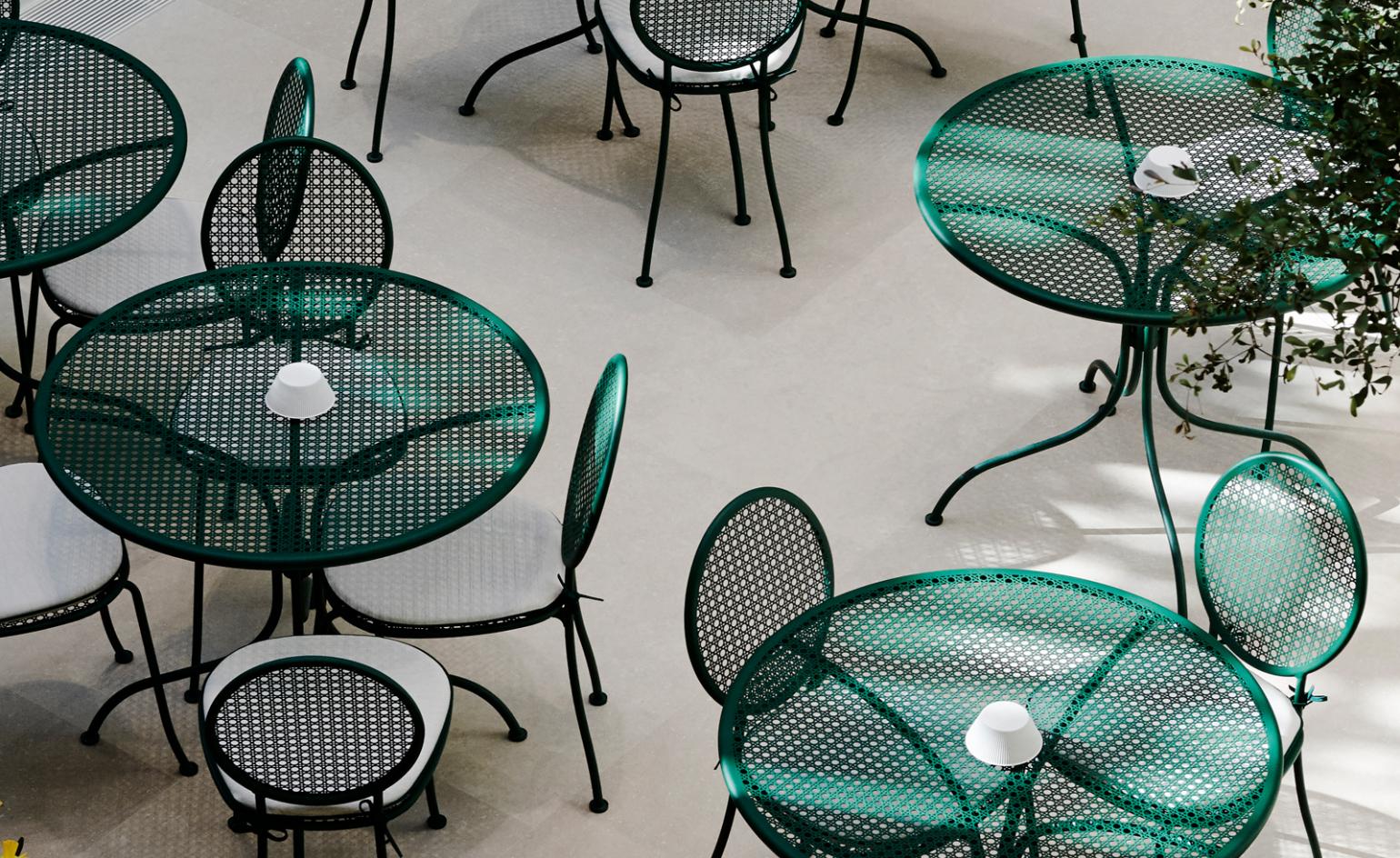
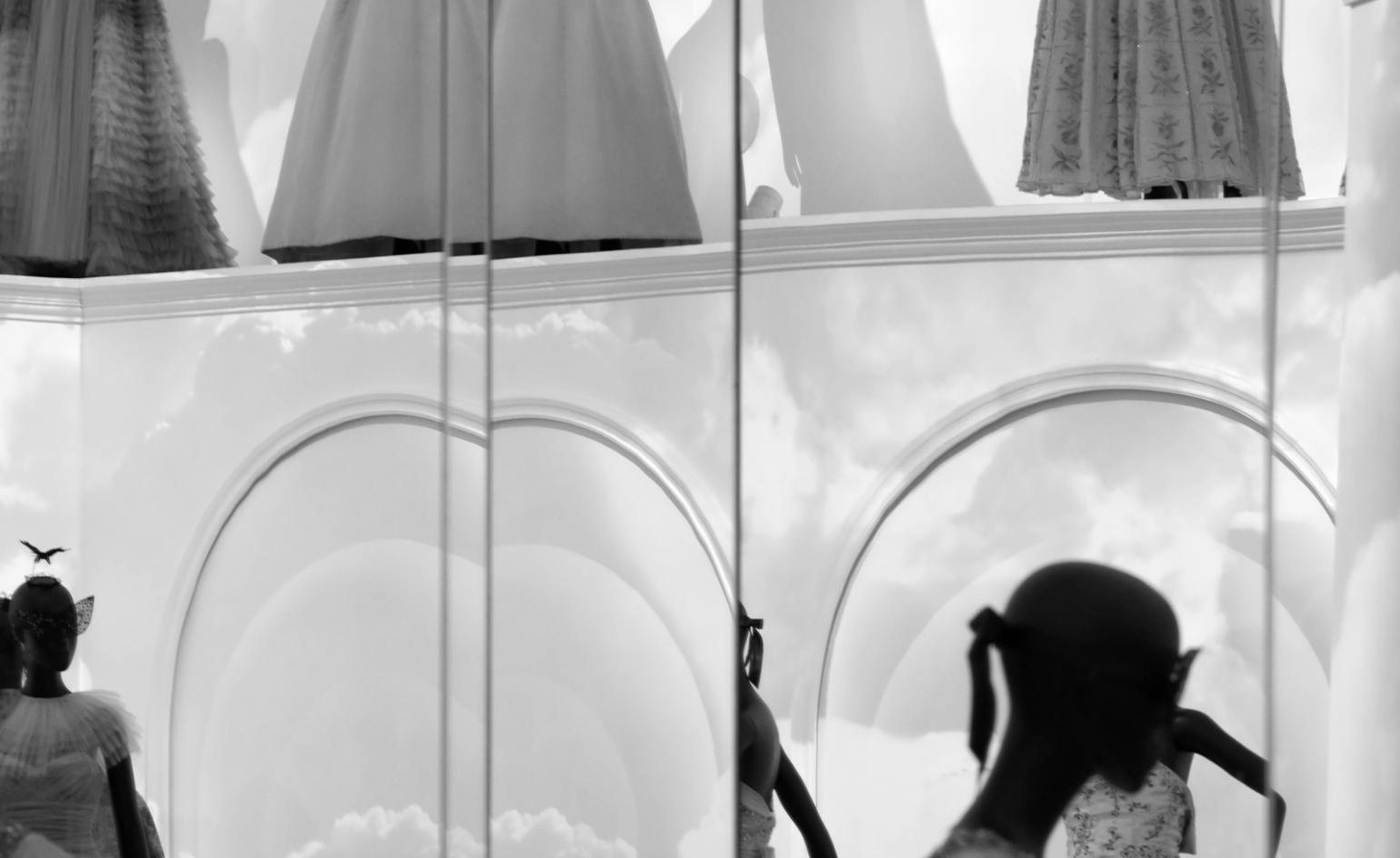
INFORMATION
A version of this article appears in the May 2022 issue of Wallpaper*, on newsstands now and available to subscribers
ADDRESS
30 Avenue Montaigne
Paris 75008
Amy Serafin, Wallpaper’s Paris editor, has 20 years of experience as a journalist and editor in print, online, television, and radio. She is editor in chief of Impact Journalism Day, and Solutions & Co, and former editor in chief of Where Paris. She has covered culture and the arts for The New York Times and National Public Radio, business and technology for Fortune and SmartPlanet, art, architecture and design for Wallpaper*, food and fashion for the Associated Press, and has also written about humanitarian issues for international organisations.
-
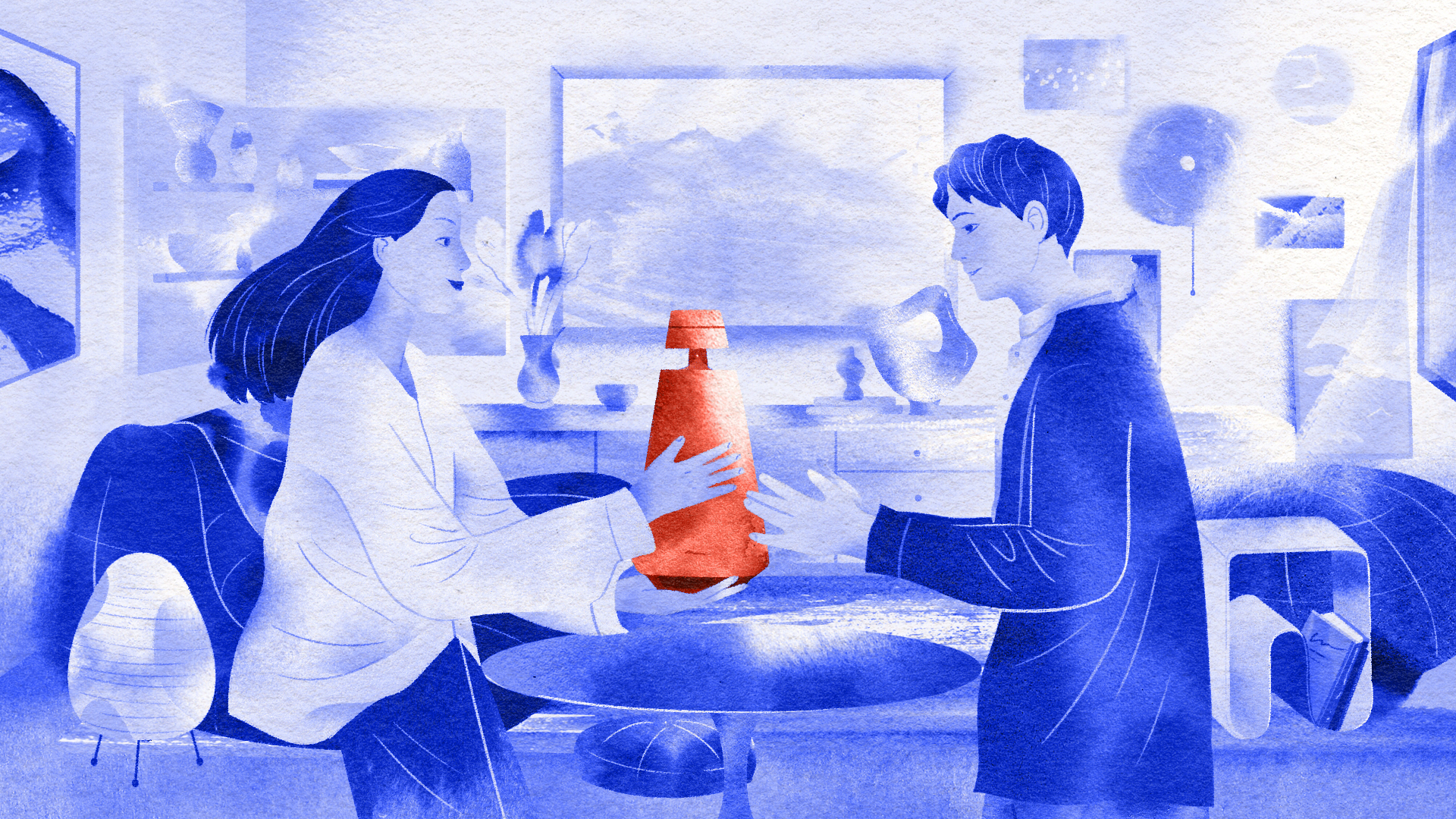 Bang & Olufsen Reloved brings expertly refurbished tech to design-loving audiophiles
Bang & Olufsen Reloved brings expertly refurbished tech to design-loving audiophilesBang & Olufsen’s new Reloved initiative expands the company’s focus on quality, circularity and sustainability
-
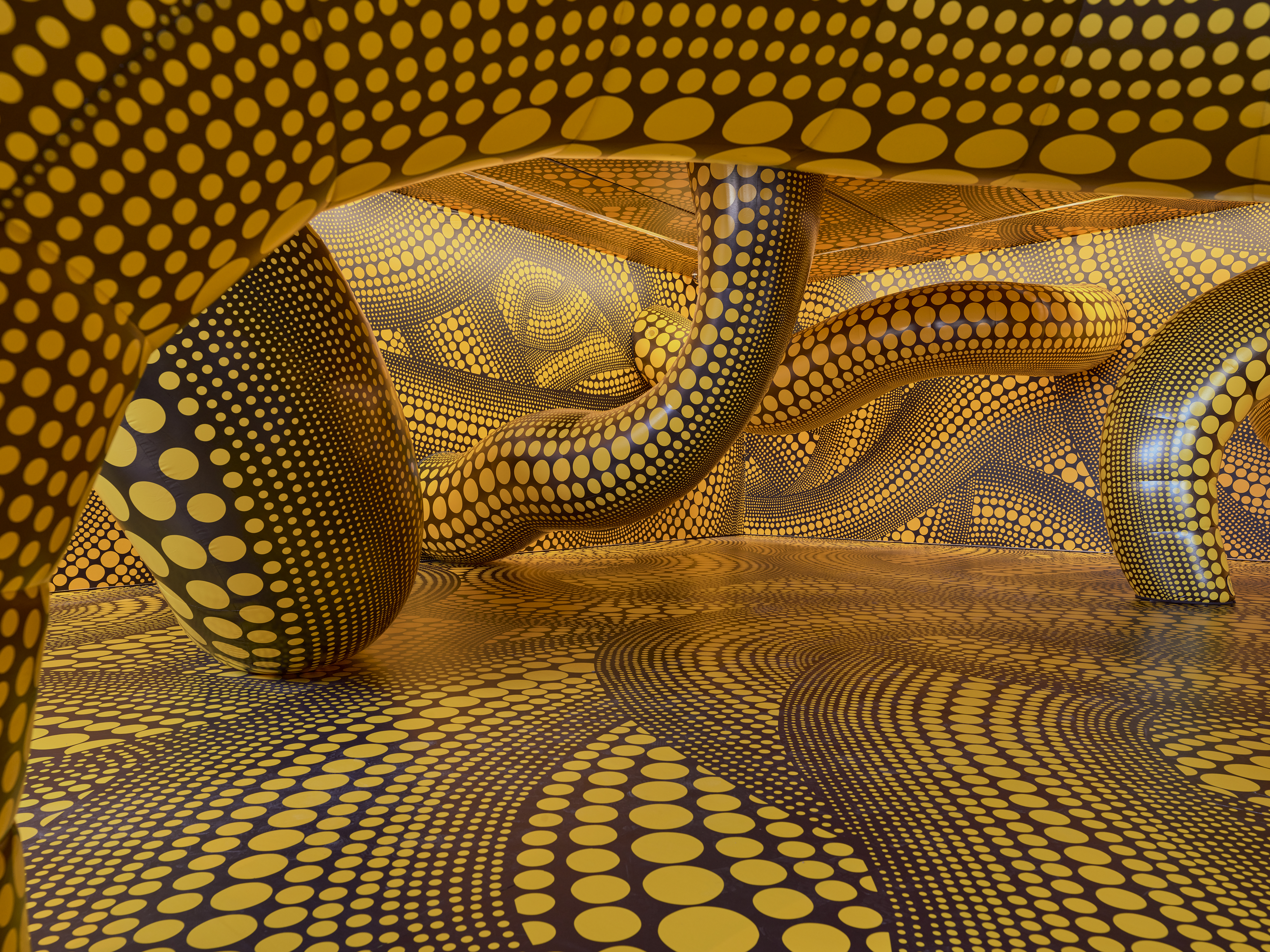 Unseen works meet immersive showstoppers as Yayoi Kusama hits Switzerland
Unseen works meet immersive showstoppers as Yayoi Kusama hits SwitzerlandAt the Fondation Beyeler in Basel, there are 300 works by Kusama to discover and it’s delightfully discombobulating
-
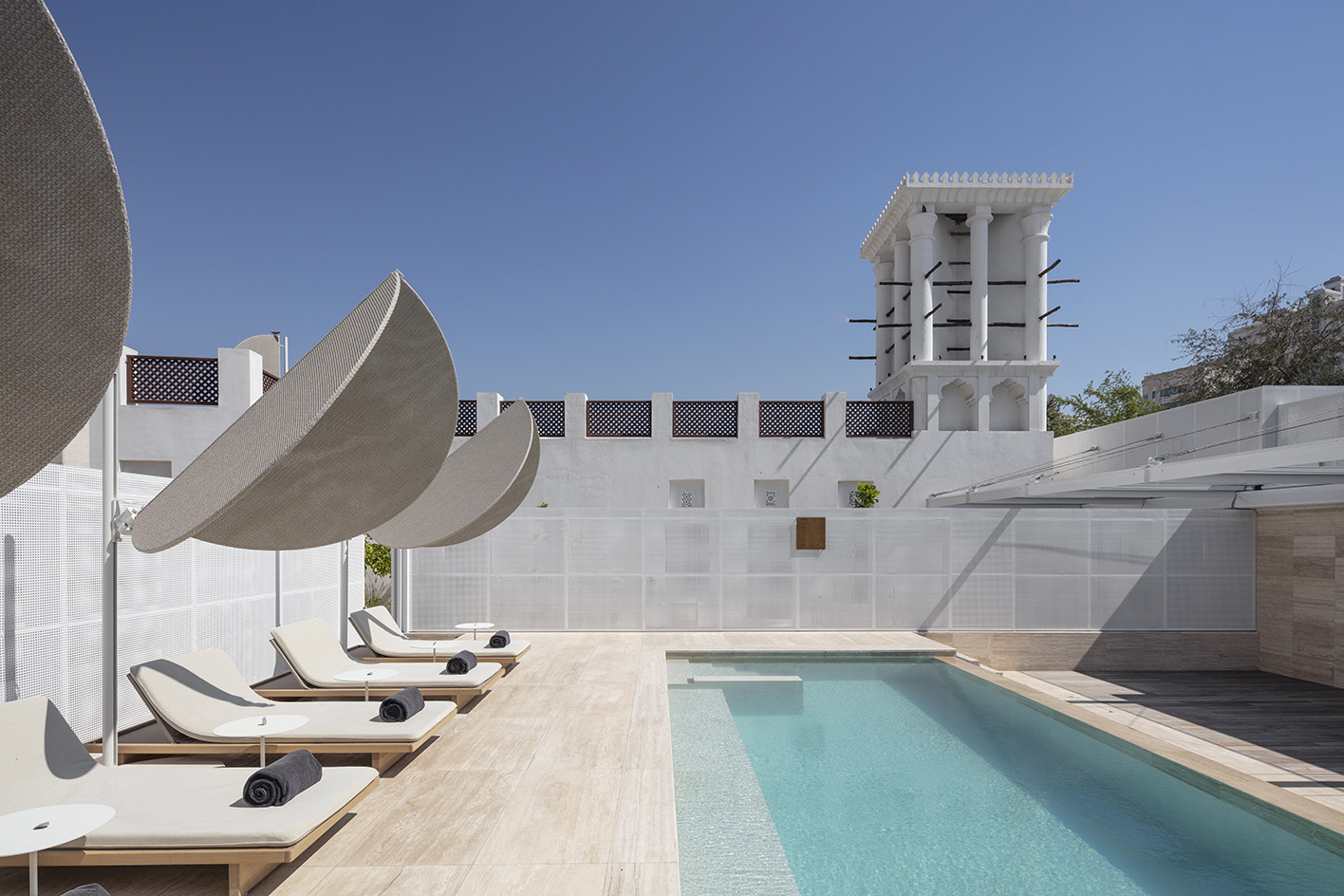 RIBA launches new awards – and for the first winners, we look to the Middle East
RIBA launches new awards – and for the first winners, we look to the Middle EastThe RIBA Middle East Award winners are announced today. The first of the organisation's two new territory awards series honours a women-only mosque, a luxury hotel, a city park and more